Exhibition on Latgalian and Nynorsk: cooperation and experience creating modern digital solutions
Basic information
Funded by:
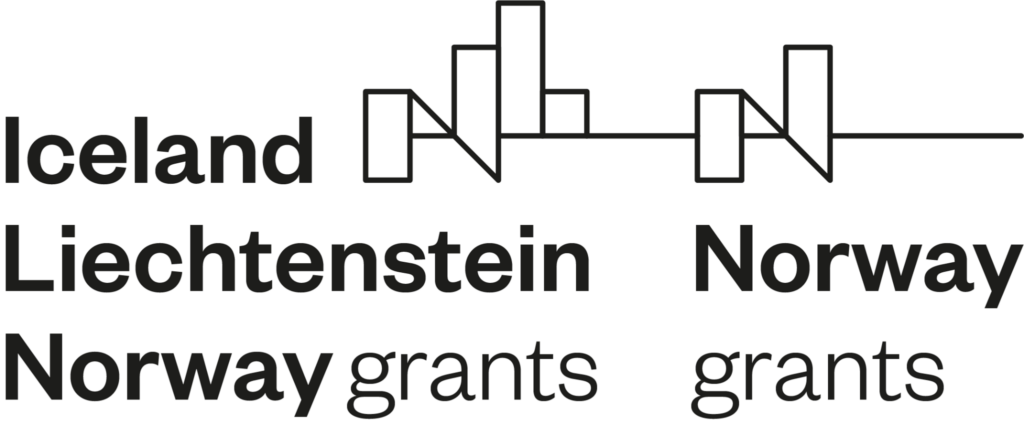
Fund for Bilateral Relations of the EEA and Norway grants 2014-2021
Funding:
Implementation period:
Digital exhibition hyperlinks:
Physical exhibition:
Promoter and partners:
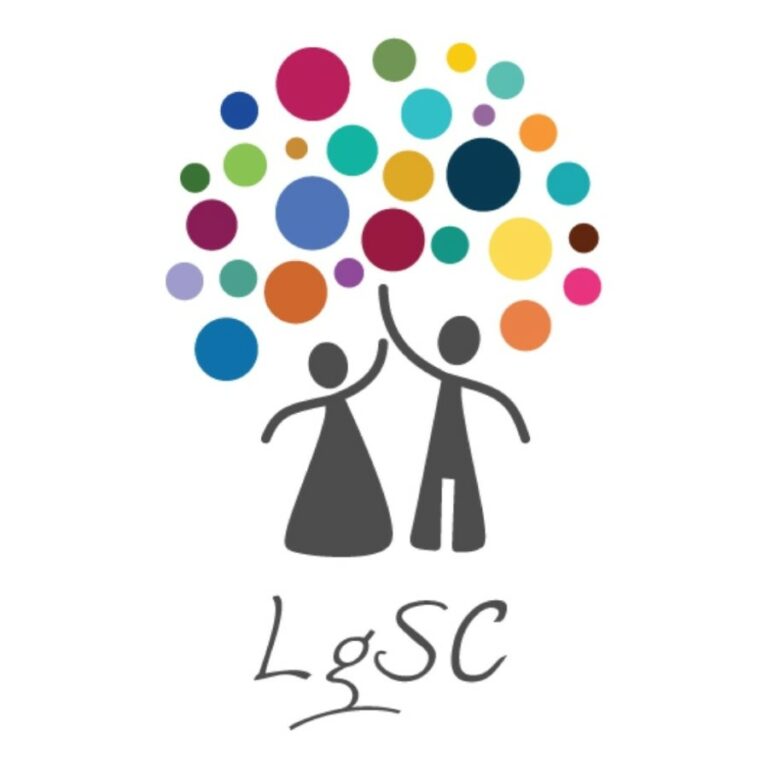
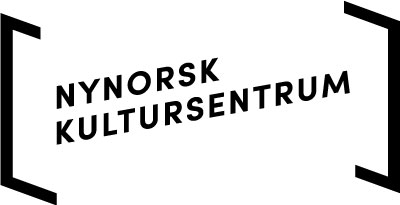
Project description
Diversity, the possibility for different voices to be heard and culture to thrive are key factors in a democratic and inclusive society. Both in Latvia and Norway the national language encompasses two written traditions with long historical roots and their own culture connected to each. The users of the lesser used of both – Latgalian and Nynorsk – have always faced a struggle: to gain and retain the status of the language, to experience equality as language users in society, and to avoid stigmatization. For the languages to thrive, it is necessary to make it possible for users to use the language and to encourage potential users to use it. Moreover, it is necessary that the society as a whole sees the value of the lesser used language as valuable to the nation as a part of its common heritage, needing support and development. When people can take part in society using their own language, it strengthens the development of democracy. Becoming acquainted with the experience of other countries in a similar situation is of great value for societies with similar linguistic experiences in order to learn best practices and to strengthen the bond between the countries. Right now, there is quite a dearth of information in both Latvian and Norwegian regarding the situation of the two written languages in the other country.
The movement promoting Nynorsk has been an important part of the democratization and civilian participation in Norwegian society for over 150 years, it is connected to strong involvement of inhabitants through civic initiatives and organizations. Latgalian was widely used in society and the school system in Latgale until the democracy collapsed as a result of the coup d’état of Kārlis Ulmanis in 1934, when a national unification process began with little space for diversity in culture and language. This oppression of Latgalian was continued during the Soviet regime. Even though 30 years have passed since democracy was reestablished in Latvia, Latgalian has not regained its position from the time before the authoritarian regimes, and users lack strong civic organizations and there is no complete understanding and knowledge in the society as a whole. The Norwegian experience will be of great value in terms of inspiration for users of Latgalian and give new perspectives to the rest of society. That is the reason we would like to shape this exhibition as a part of the project.
The initiative is intended to enhance cooperation and share experience between two cultural and educational institutions, both with a main focus on language and its role in society. As a result, we will conduct a comparative study on the sociolinguistic situation of both Latgalian and Nynorsk. Then, using the study as a base, we will create a digital exhibition with the aim of promoting democratic participation through understanding of the role of civic movements as a driving force in co-creating language policy.
Aim of initiative:
- development of the cooperation between the institutions involved, establishing a partnership and implementing a common project, i.e., a digital exhibition, to develop modern digital solutions;
- providing knowledge and insight into the similarities and differences of the language situation in each state as a basis for interest and bilateral cooperation for other organizations, thus giving a contribution to democratic participation, equality for users of the lesser used standard of a language, and more openness to diversity in society.
Planned results: The expected result is the establishment of a long-term partnership between the organizations in Norway and Latvia. This partnership will have a practical output – collectively created and exchanged digital exhibition between the cooperating partners. The cooperation will be continued through working seminars and visits, and common research and development work. This will be a ground for a fruitful long-term cooperation in future between the partners in Latvia and Norway. In addition, new comparative research on Nynorsk and Latgalian will be conducted, and two articles will be published (one in Norwegian, one in Latvian).

Organizations
Language Museum Association is an NGO established in 2020 to promote language as a means for positive change in society and to establish a museum of languages. Association is one of the two legal entities under the brand House of Languages, which is a cultural centre for languages and language learning in Riga. For now, there is a mini exhibition about languages displayed at the premises in Avotu iela 33 in Riga, and events connected to languages are organized there. House of Languages also has a unique linguistic library, which is freely accessible to the public.
Norwegian Museum of Written Culture (Nynorsk kultursentrum) was established in 1993 to promote the Nynorsk language and written culture and is a private non-profit institution financed by the Norwegian Ministry of Culture, three regions, four municipalities and several private sponsors. They have museums in three locations, including the Ivar Aasen-tunet dating back to 1898. They organize events, among them a festival connected to Nynorsk and activities for children and youths.
NGO “LgSC” unites people who are interested to preserve and develop Latgale region and the Latgalian cultural space, as well as the Latgalian language. The aim of the organization is to promote young people’s awareness of European citizenship and to promote involvement in the development of the cultural, economic and social environment of Latgale region, to represent and strengthen ties with the Latvian diaspora, to coordinate project development and implementation.
The EEA and Norwegian financial instrument are financed by Iceland, Liechtenstein and Norway. The instruments have two objectives: to contribute to a more socially and economically equal Europe, and to strengthen the links between Iceland, Liechtenstein and Norway, as well as the 15 beneficiary countries in Europe.
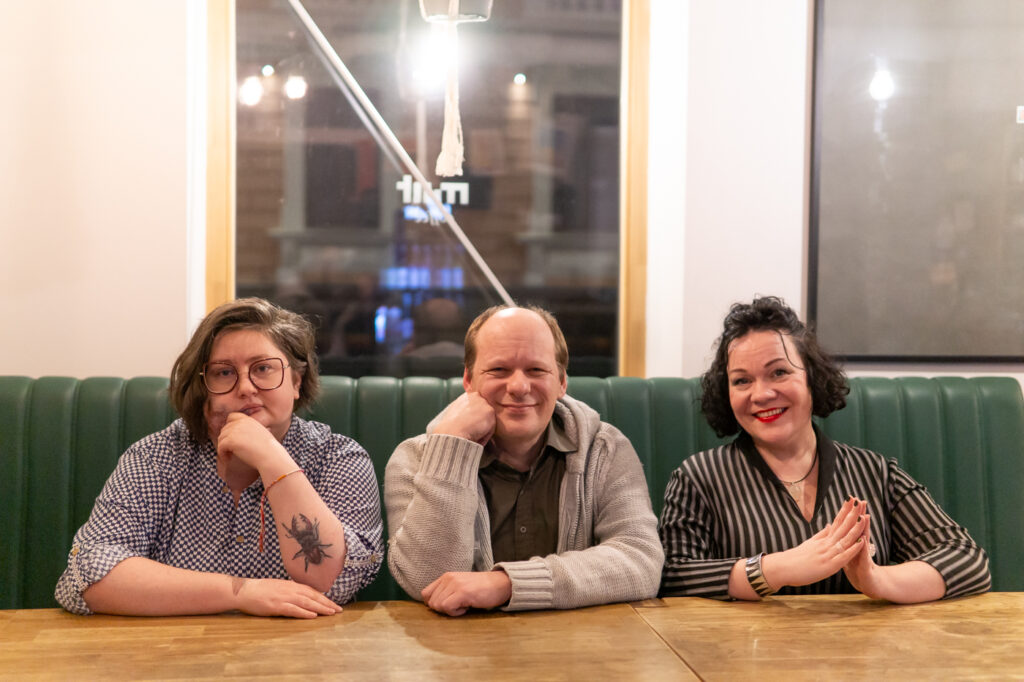
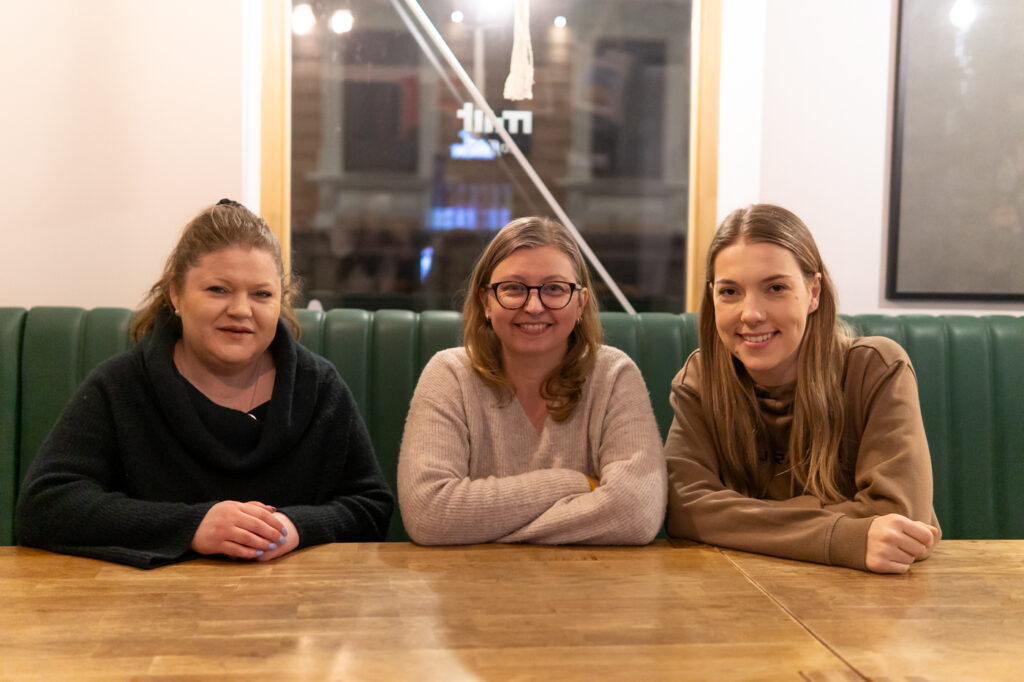
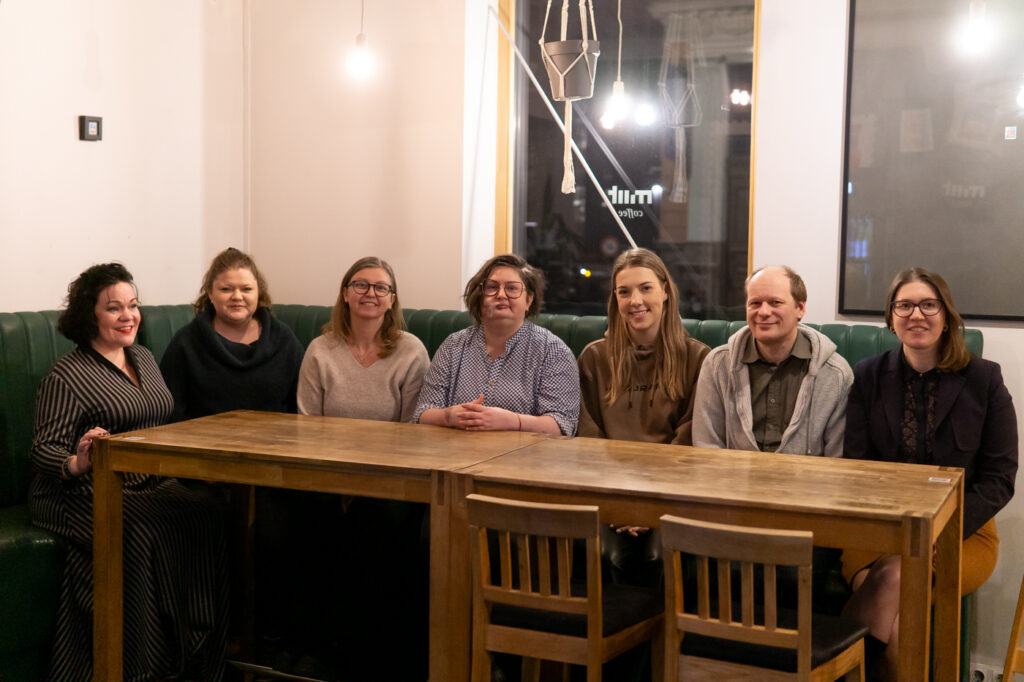
Photo: Amanda Anmusāne

Working together for an inclusive Europe!
Project materials
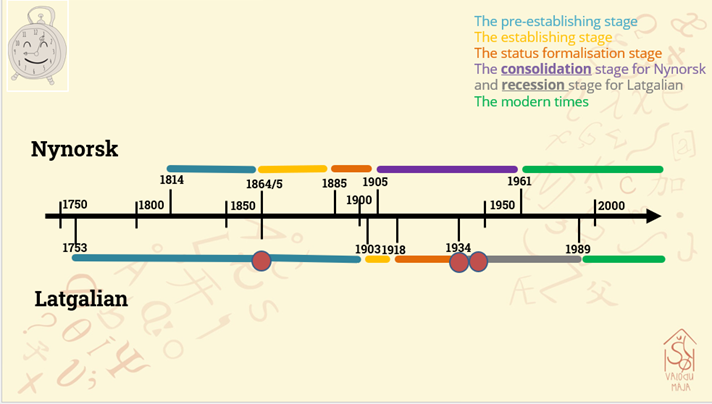
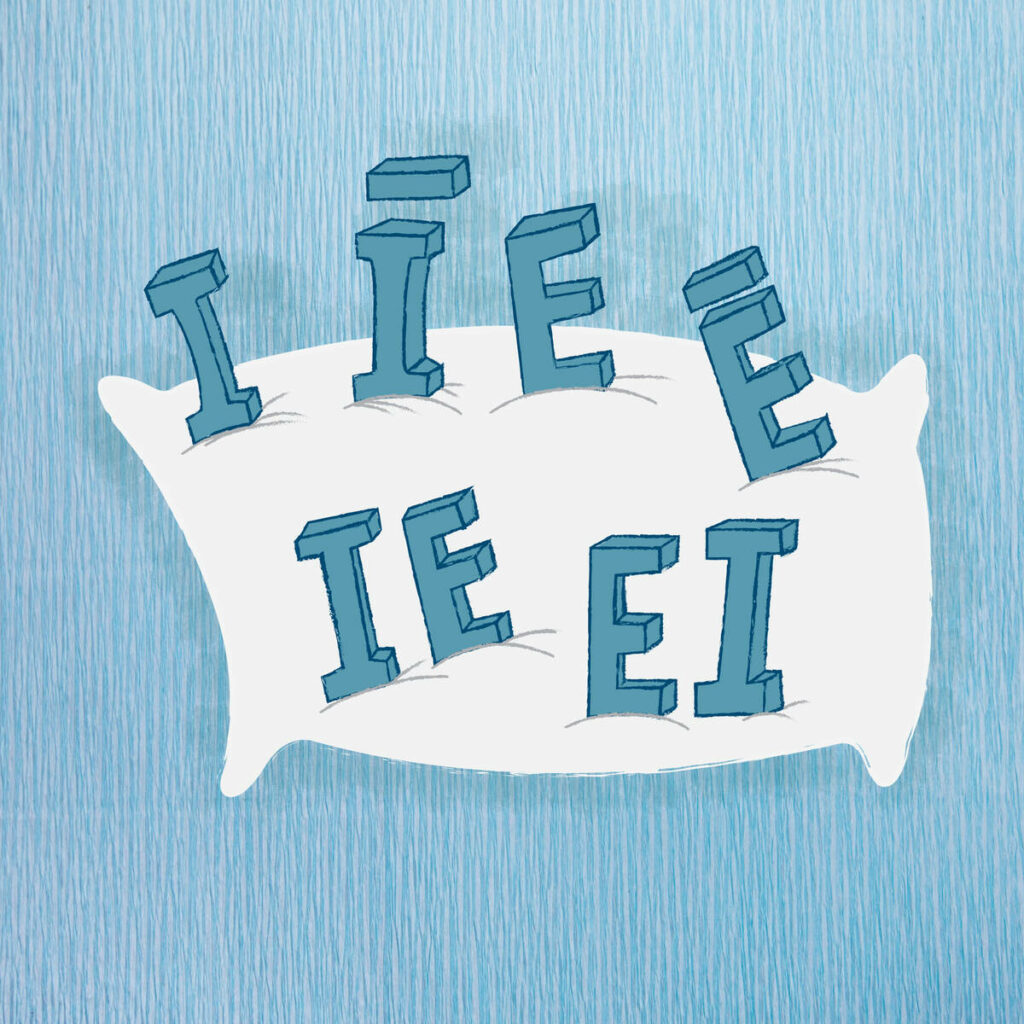
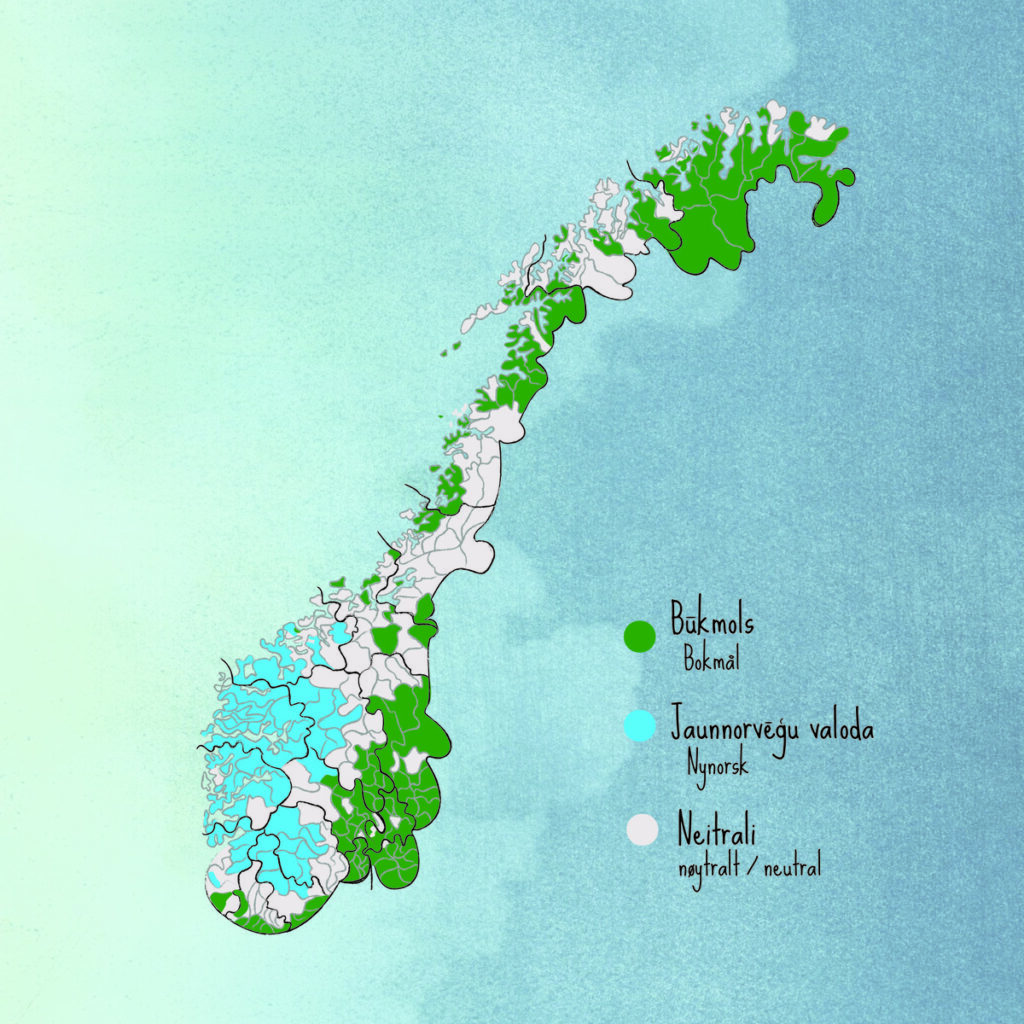
Project news


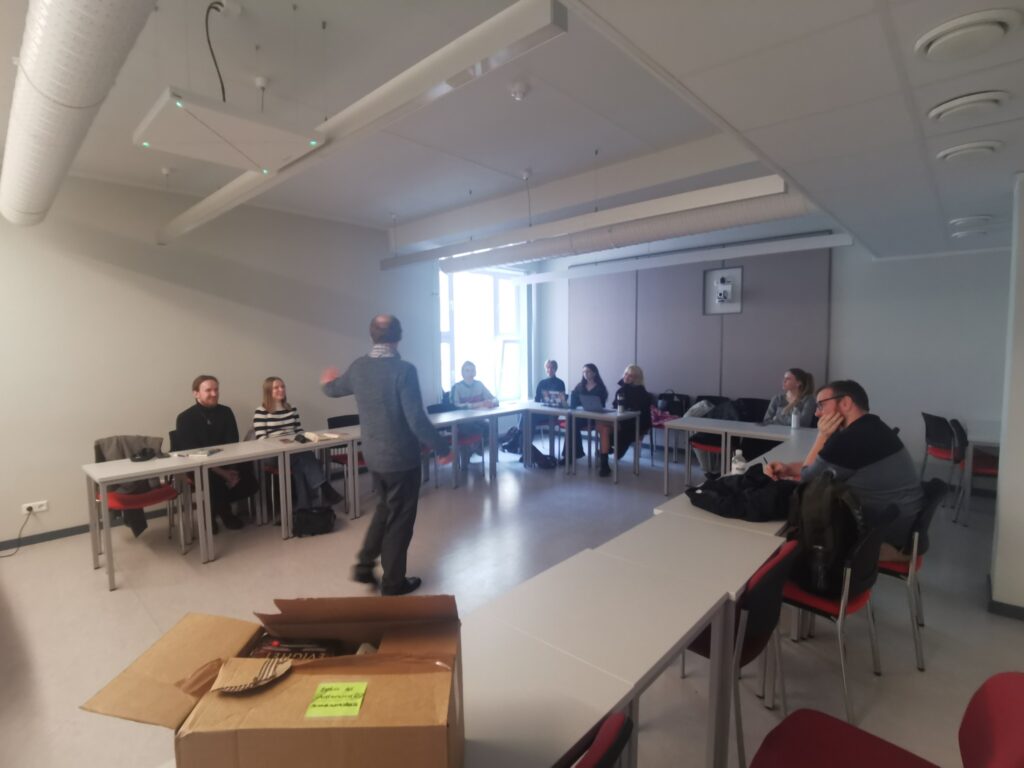

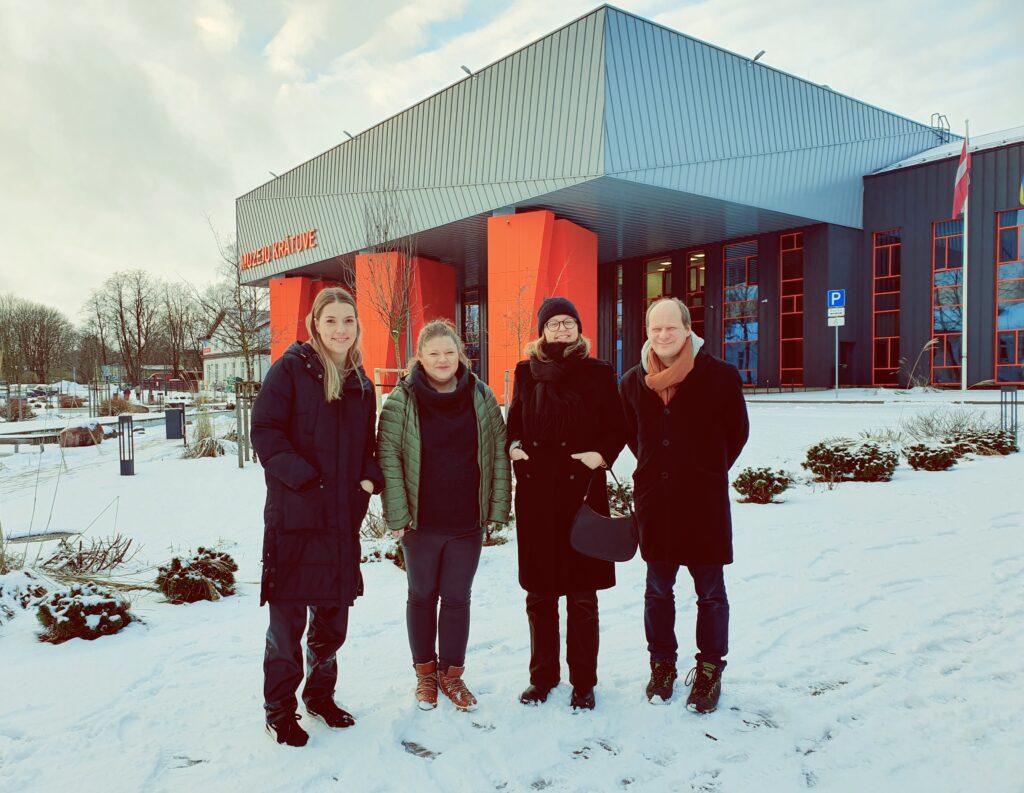
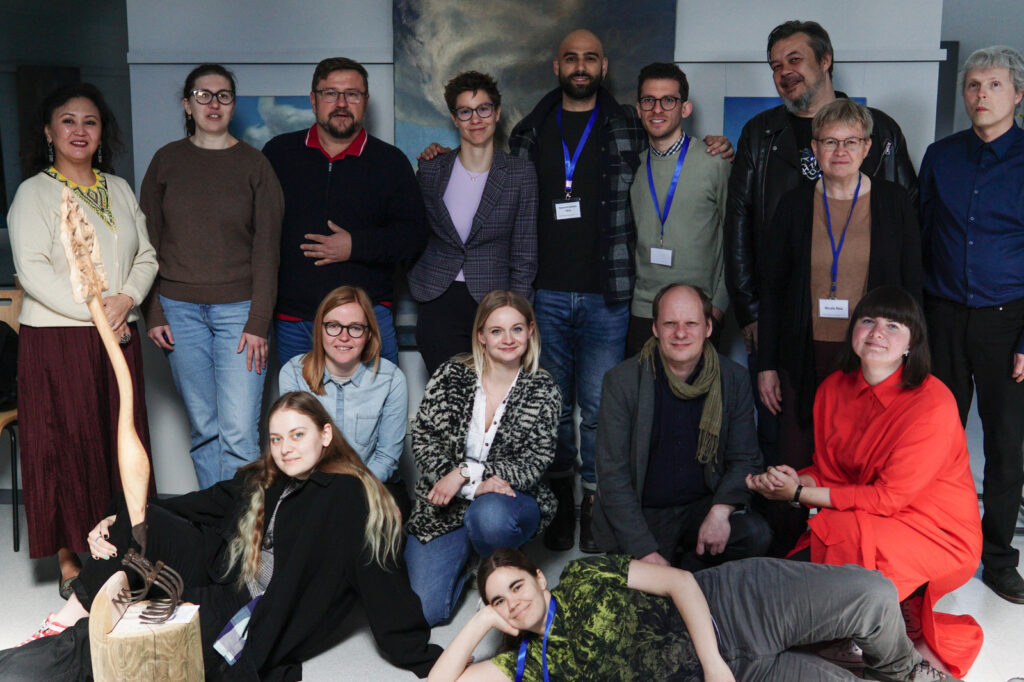
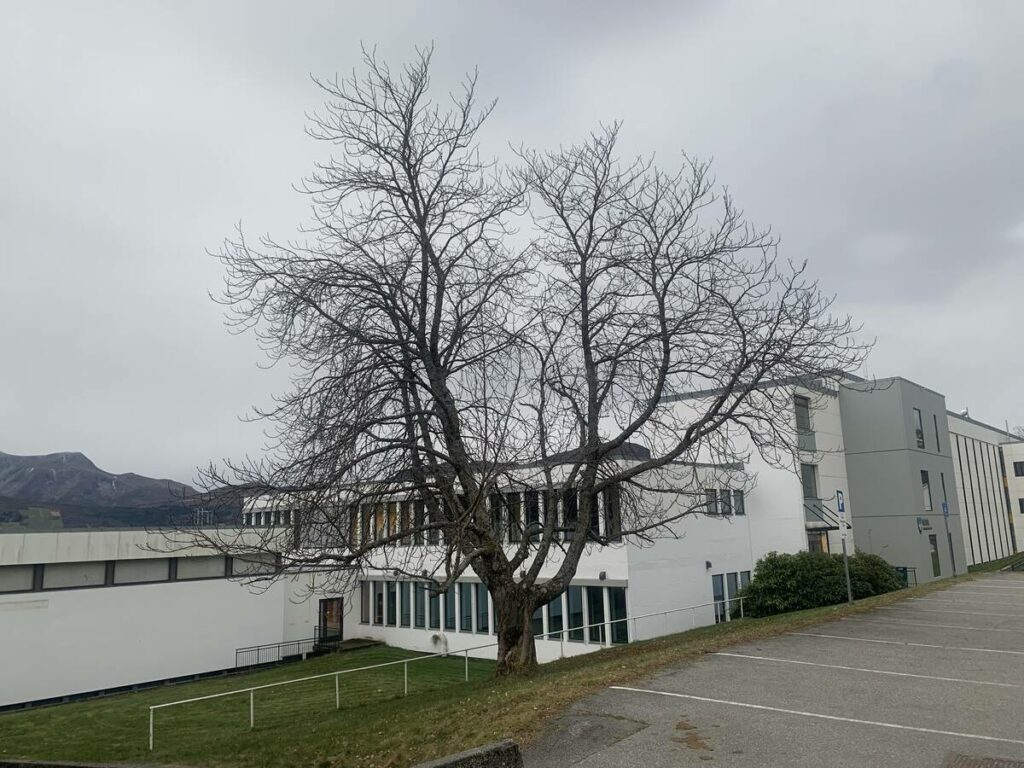
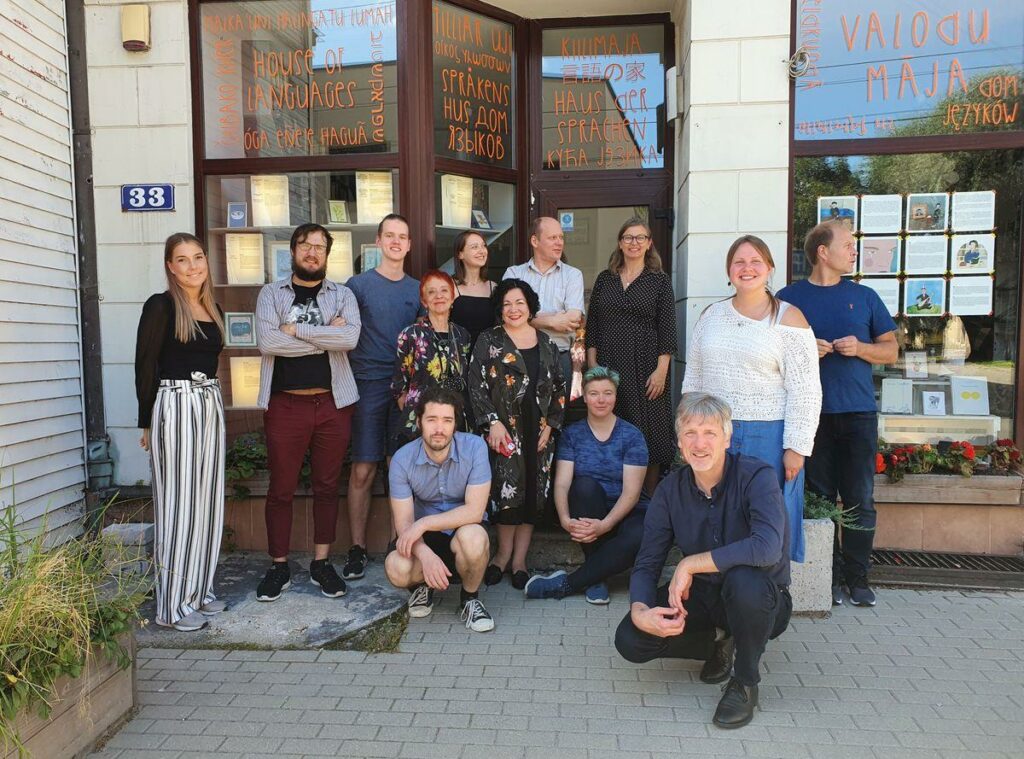
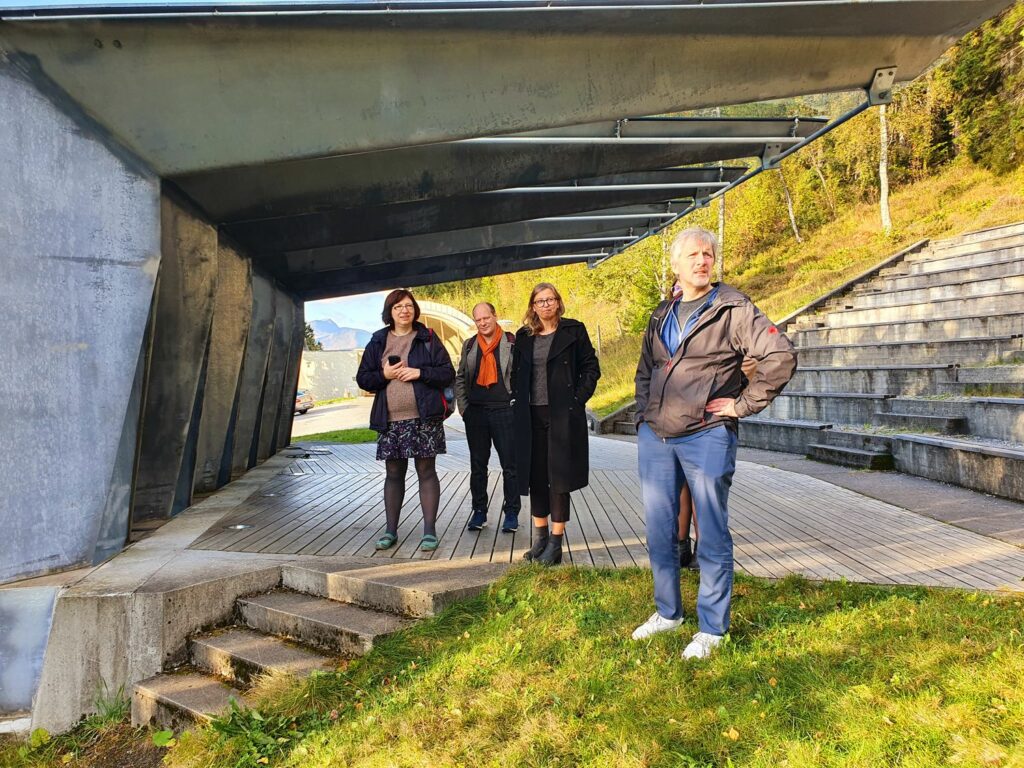
2 responses